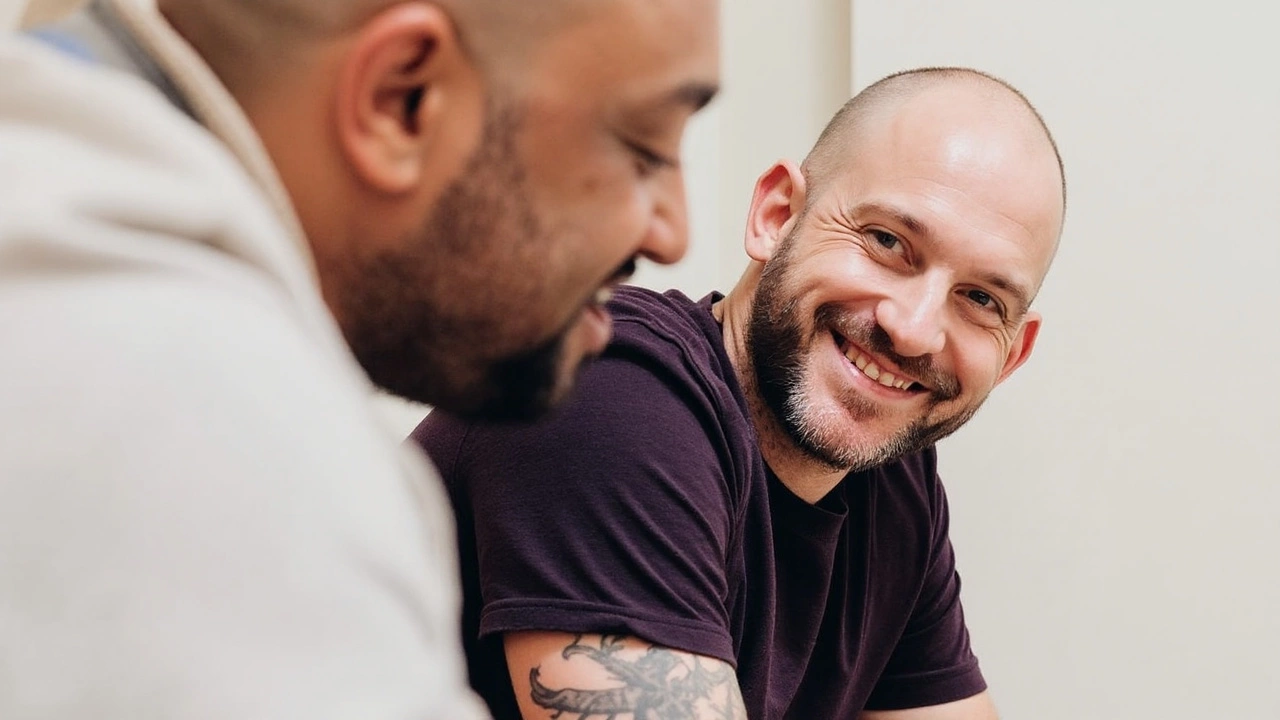Prevention front and centre as London resets its approach to mental health
Announced on World Suicide Prevention Day, London’s new plan for mental health is blunt about its goal: stop people falling through the gaps. The London Mental Health Strategy says prevention should shape every decision, from the first conversation in a GP surgery to the last step out of a hospital ward.
It lands with a simple promise—care should be personal, quick, and close to home. Vanessa Ford, chief executive at South West London and St George’s Mental Health NHS Trust, called the shift overdue. “Too many lives are lost to suicide that could have been saved with timely, compassionate care,” she said, urging the city’s services to act together so nobody is left waiting in silence.
The timing is deliberate. Suicide is complex, but one theme keeps coming up in reviews after a death: missed chances. People asked for help and got bounced around. Others were told to wait. This strategy tries to change those first 48 hours—the window when a calm voice, a safe space, and a plan can make all the difference.
There’s also a culture shift here. The plan backs the World Suicide Prevention Day message of “Changing the Narrative,” encouraging frank talk about suicidal thoughts. The public campaign hashtag #StartTheConversation is a nudge to ask the hard question—“Are you thinking about suicide?”—because evidence shows asking directly does not put the idea in someone’s head. It opens a door.

What will actually change on the ground
The blueprint has four big pushes. First, 24/7 community support. New neighbourhood mental health hubs are set to bring crisis care, therapy, and practical help under one roof. Think walk-in support, same-day assessments, and a single team that knows your history. In London, many trusts already run crisis lines and safe spaces; the plan aims to connect them so people get one clear route to help at any hour.
Second, a major focus on people who live with both mental health and substance use challenges. Services have too often treated these issues separately, which left some patients shut out. The strategy backs “no wrong door” care: integrated teams, joint plans, and smoother referrals between mental health, addiction support, and primary care. Expect more peer workers—people with lived experience—alongside clinicians, and more outreach to people who avoid formal services.
Third, inpatient care will change shape. The goal is fewer out-of-area placements, safer wards, and shorter stays backed by stronger community support. That means better step-down options, more family involvement, and practical help—housing, money advice, employment support—starting before discharge. The idea is simple: recovery slips when life outside the ward is chaotic.
Fourth, schools. London will expand mental health teams in schools so pupils can get help early, not months later. These teams typically offer workshops on anxiety, support for low mood, and one-to-one sessions for pupils at risk. Teachers get training to spot red flags and refer quickly, and parents get advice on how to handle sleep, screens, and stress at home.
Access is a big part of this. NHS Talking Therapies—formerly known as IAPT—remains the front door for many people with anxiety or depression. Crucially, you don’t need a diagnosis to self-refer. That matters. It removes the “I’m not ill enough” barrier that stops people from reaching out. Most services offer online self-referral, phone-based assessments, guided self-help, and evidence-based therapies like CBT. Many also provide interpreters and flexible sessions for people working shifts or juggling childcare.
London’s plan also leans on places that feel less clinical. Crisis cafés and safe havens give people a quiet room, a hot drink, and time with a trained worker—often the difference between coping and spiralling. Community groups will have a bigger role too, especially for people who trust their local faith centre or mutual aid group more than a hospital corridor.
Some of the pressure points are well known: waiting times, inconsistent follow-up after discharge, and people who bounce between services. The strategy sets out a more consistent offer across boroughs, with shared standards for response times and follow-up calls after a crisis. Digital tools will help, but the plan stresses choice—phone, face-to-face, or online—so help fits people’s lives rather than the other way around.
The workforce piece is hard but urgent. Staff burnout is real. London trusts are looking at new roles—associate psychologists, advanced practitioners, and peer support workers—to widen the net. Training on suicide prevention, substance use, and trauma will be rolled out more widely so first contact leads to safe, confident care.
Money is always the question. The plan doesn’t fix funding in one swoop, but it does try to spend smarter: fewer expensive out-of-area beds, more early support that prevents crisis admissions, and better data to spot gaps. Integrated Care Systems will track results—faster access, fewer repeat crises, and patient feedback—so teams know what’s working and what isn’t.
For Londoners, the message is practical. If you need emotional support, you can contact NHS Talking Therapies directly without waiting for a GP letter. If you’re in crisis, local mental health lines and NHS urgent care routes are open 24/7. If you’re a parent worried about your child, ask your school about their mental health team or how to refer. And if someone you know is at risk, stay with them, ask directly, and help them reach a crisis service.
The strategy’s success will be measured in small moments: a teacher who knows what to do when a pupil is in distress; a carer who gets a call back the same day; a person leaving a ward with a plan that actually sticks. It’s not flashy. It’s the basics, done well, every time.
World Suicide Prevention Day is one date on a calendar. The work is the other 364 days—quiet, local, and often unseen. This strategy tries to make that work easier to find, easier to trust, and easier to use the moment someone says, “I need help.”
